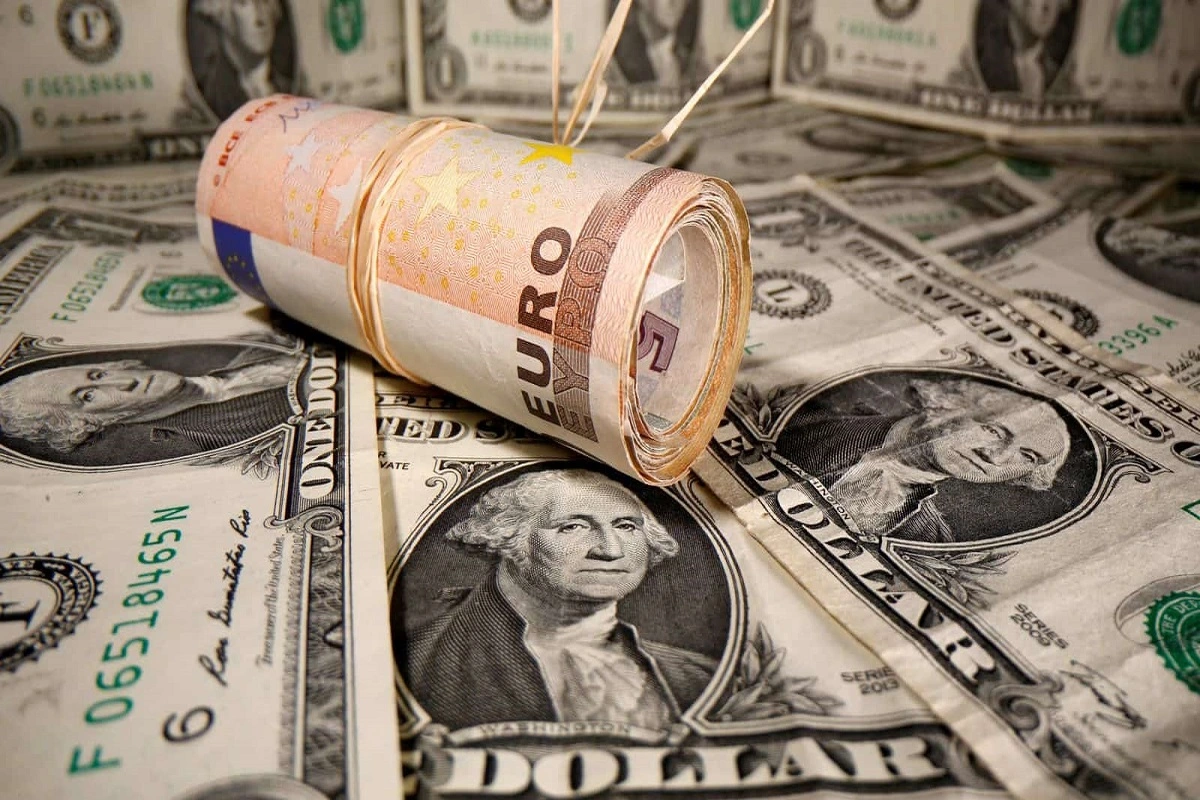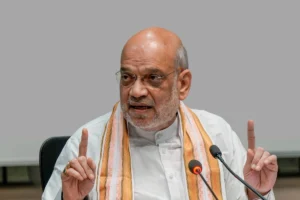
India’s foreign exchange reserves surpassed $700 billion for the first time, reaching $704.89 billion for the week ending September 27, according to the Reserve Bank of India (RBI) data released on Friday. This marks a significant increase of $12.59 billion, the largest weekly rise since mid-July 2023. With this achievement, India joins China, Japan, and Switzerland as the only countries to cross the $700 billion threshold in foreign reserves.
Components of the Rise
The surge in reserves primarily came from foreign currency assets (FCAs), which increased by $10.4 billion to a total of $616 billion. Gold reserves also saw a boost of $2 billion, bringing their total to $65.7 billion. Additionally, Special Drawing Rights (SDRs) experienced a modest increase of $8 million, reaching $18.547 billion. However, India’s reserve position in the International Monetary Fund (IMF) declined slightly by $71 million, settling at $4.3 billion for the week.
Outlook and Economic Impact
Foreign inflows into India have reached $30 billion this year, and projections suggest further growth in forex reserves. This robust forex position is expected to strengthen India’s economic growth trajectory, attracting foreign investments and promoting domestic trade and industry.
Despite global economic challenges and geopolitical uncertainties, India’s forex reserves are at record levels. The Indian rupee has become the most stable currency among major economies. Strong domestic flows and positive foreign portfolio investor (FPI) flows into debt markets have contributed to these record levels. The substantial reserves will provide the RBI with greater flexibility in monetary policy and currency management, enhancing resilience across various economic sectors.
Also Read: Indian Equity Market Plummets, Investors Lose Over Rs 14 Lakh Crore Amid West Aisa Conflict
To read more such news, download Bharat Express news apps





















